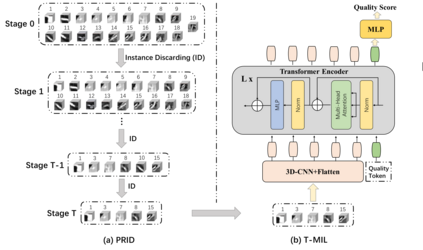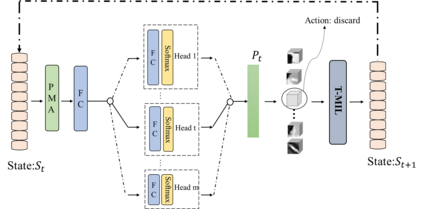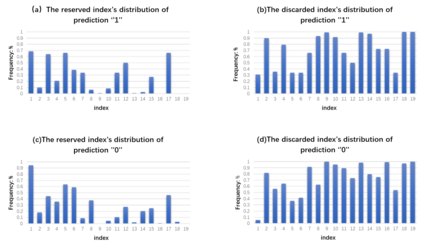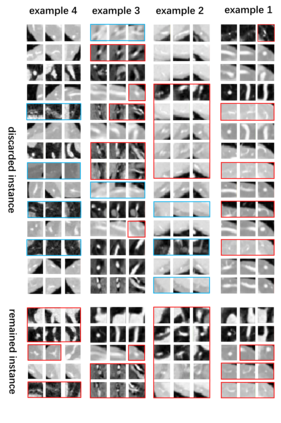Coronary CT Angiography (CCTA) is susceptible to various distortions (e.g., artifacts and noise), which severely compromise the exact diagnosis of cardiovascular diseases. The appropriate CCTA Vessel-level Image Quality Assessment (CCTA VIQA) algorithm can be used to reduce the risk of error diagnosis. The primary challenges of CCTA VIQA are that the local part of coronary that determines final quality is hard to locate. To tackle the challenge, we formulate CCTA VIQA as a multiple-instance learning (MIL) problem, and exploit Transformer-based MIL backbone (termed as T-MIL) to aggregate the multiple instances along the coronary centerline into the final quality. However, not all instances are informative for final quality. There are some quality-irrelevant/negative instances intervening the exact quality assessment(e.g., instances covering only background or the coronary in instances is not identifiable). Therefore, we propose a Progressive Reinforcement learning based Instance Discarding module (termed as PRID) to progressively remove quality-irrelevant/negative instances for CCTA VIQA. Based on the above two modules, we propose a Reinforced Transformer Network (RTN) for automatic CCTA VIQA based on end-to-end optimization. Extensive experimental results demonstrate that our proposed method achieves the state-of-the-art performance on the real-world CCTA dataset, exceeding previous MIL methods by a large margin.
翻译:冠状感应仪(CCTA)很容易受到各种扭曲(如人工制品和噪音),严重损害心血管疾病的准确诊断。适当的CCTA船级图像质量评估算法(CCTA VIQA)可用于降低错误诊断的风险。CCTAVIQA的主要挑战是,冠状腺局部部分决定最终质量很难找到。为了应对这一挑战,我们将CCTAVIQA作为多重深入学习(MIL)问题,并利用基于变压机的MIL主干线(称为T-MIL),将冠状中线上的多例合并为最终质量。然而,并非所有实例都可用于最终质量诊断的风险。有一些质量相关/负偏差的事例来影响准确的质量评估(例如,仅涵盖背景或情况下的冠状的事例无法识别)。因此,我们建议采用基于分级分级模块(作为PRID),逐步去除基于正态/内值的MIL主干边边端/内基边框,以前端变压的CCRTA VIA AS AS AS 常规级模型展示我们之前的变压式模型,用于前端变压的AS VIQ。











